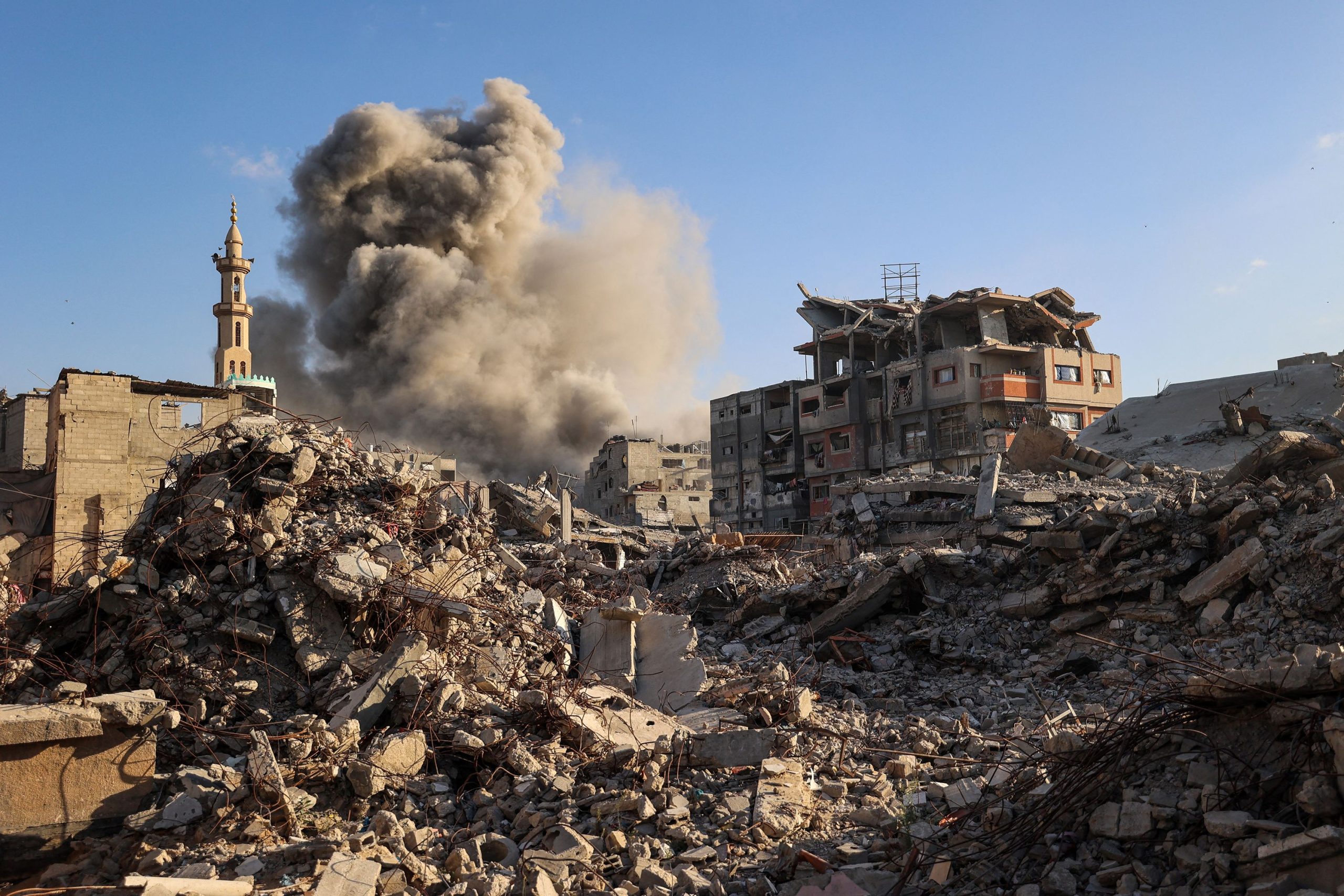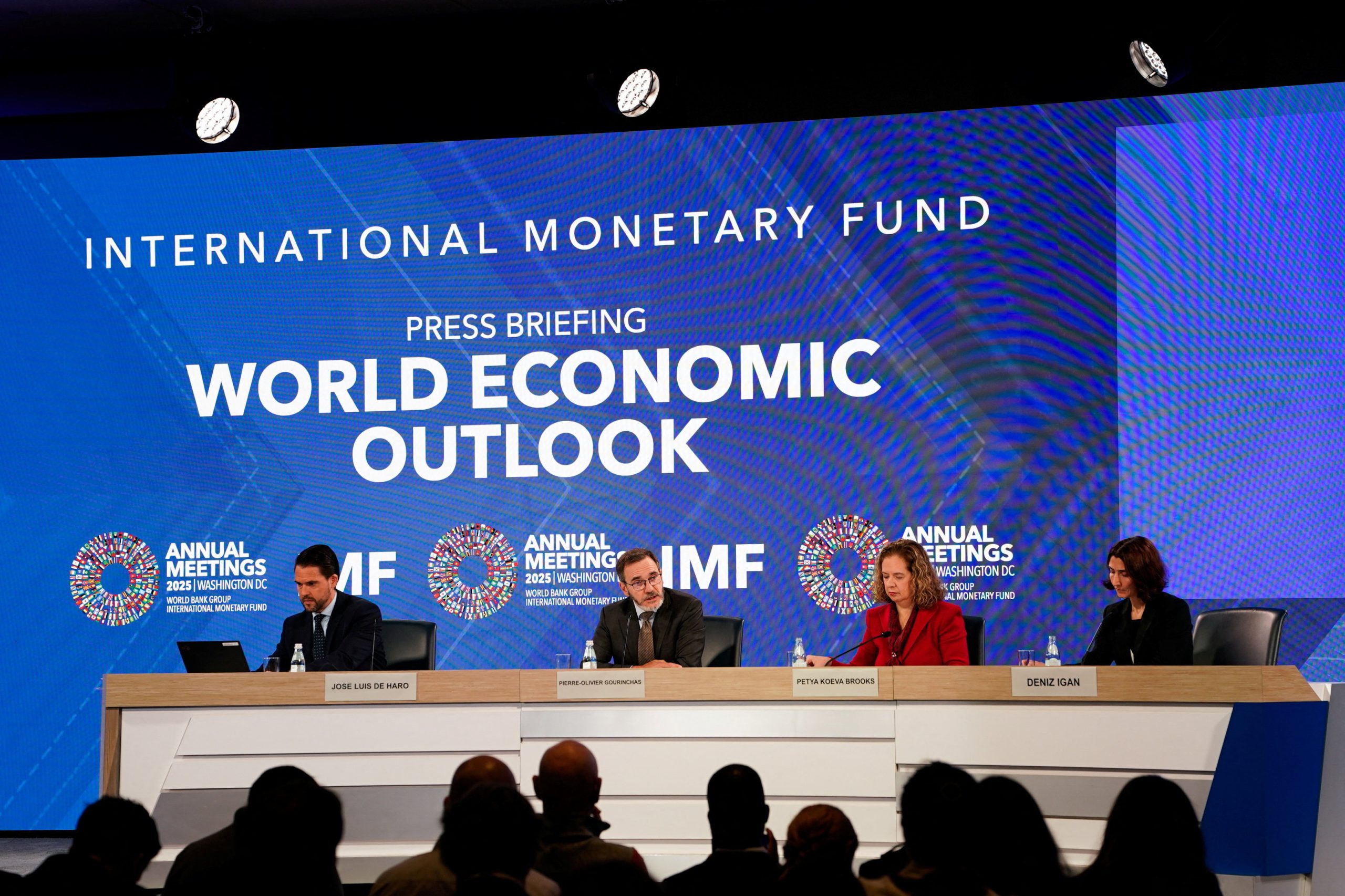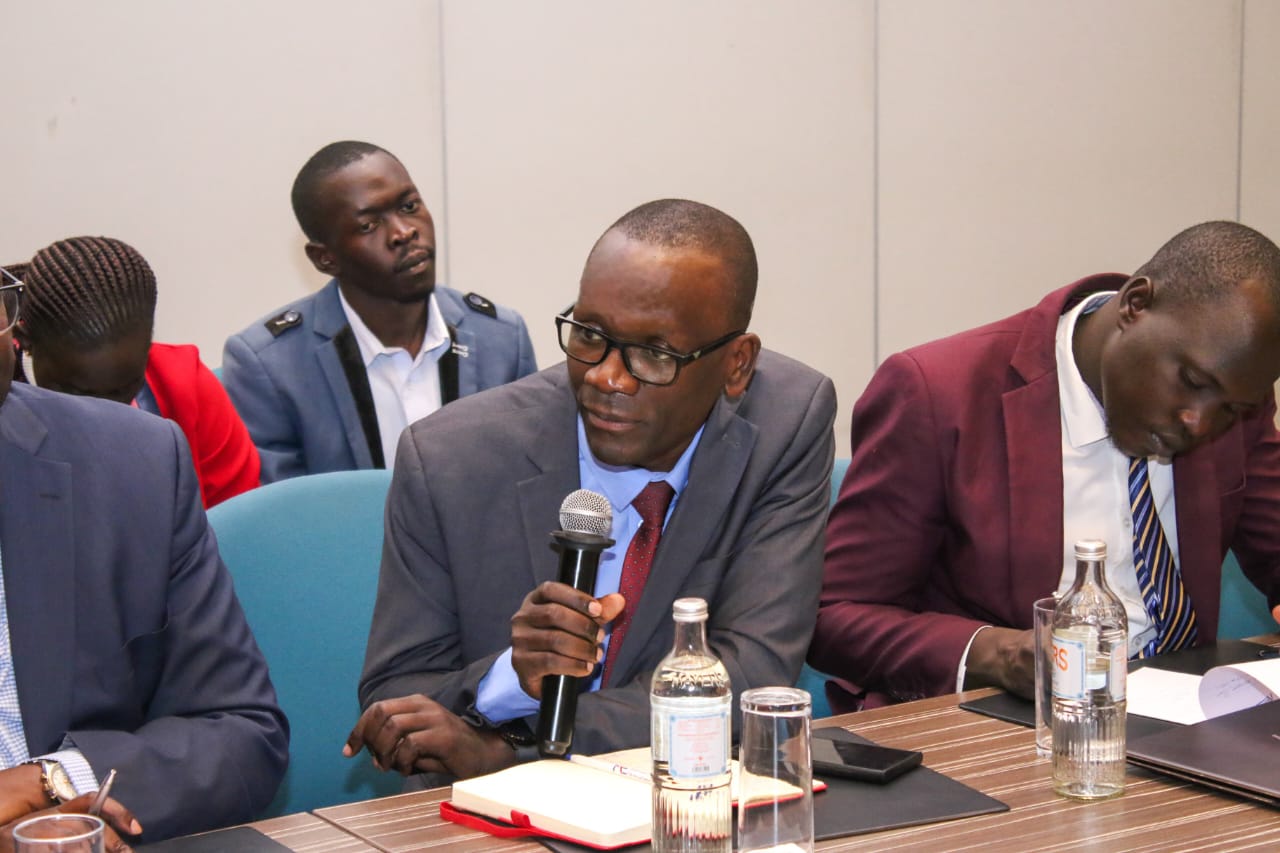The fragile ceasefire agreement in the Gaza Strip is facing severe strain as Israeli military operations persist, resulting in the deaths of nearly 100 Palestinians since the truce began. What was initially announced as a humanitarian pause to allow aid and civilian relief has instead evolved into a tense and uncertain period, marked by ongoing violence and deepening mistrust between the warring sides.
According to reports from humanitarian agencies, Israeli strikes have continued in several parts of Gaza, targeting what the military describes as “militant positions.” However, residents and local officials say many of the casualties have been civilians, including women and children, trapped amid the crossfire. The situation has reignited international concern about the sustainability of the truce and the possibility of returning to full-scale conflict.
The United States and Egypt, both key mediators in the ceasefire talks, have urged restraint and renewed dialogue. Washington has reportedly been pressing both Israel and Hamas to honor the terms of the ceasefire, which was intended to allow for the delivery of medical supplies, food, and fuel into the devastated enclave.
On the ground, Gaza remains in humanitarian crisis. Hospitals are overwhelmed, infrastructure is heavily damaged, and thousands of families remain displaced. Aid convoys continue to face delays and restrictions, further complicating relief efforts.
Regional analysts warn that the continuation of hostilities during the truce period could undermine future negotiations and deepen the political divide. The United Nations has called for immediate adherence to ceasefire commitments, emphasizing that lasting peace can only come through political resolution—not continued warfare.
As night falls over Gaza, the ceasefire stands more as a fragile hope than a reality. The world watches closely, torn between optimism for peace and the sobering truth that for many Gazans, the war never truly stopped.









Leave a Reply